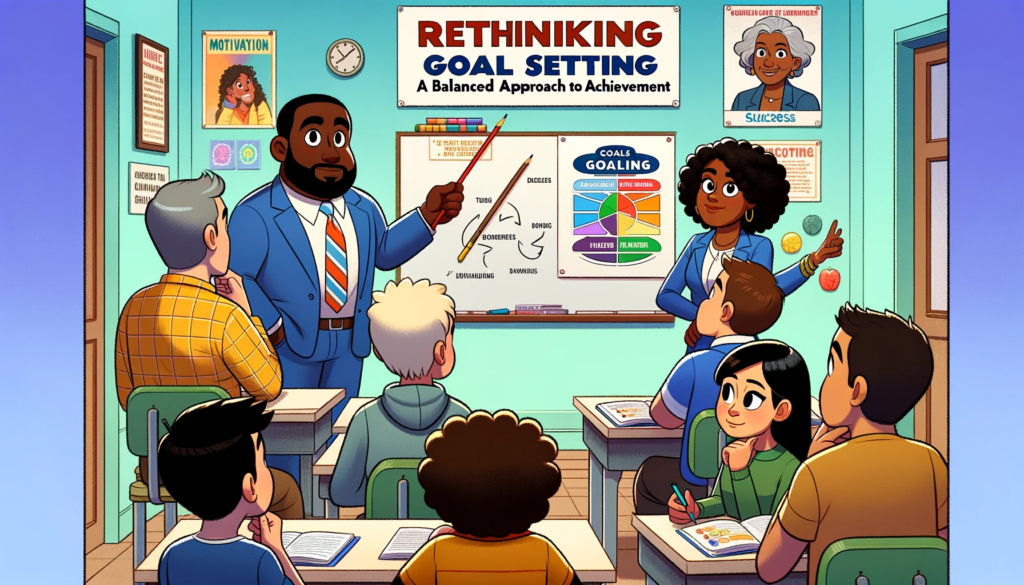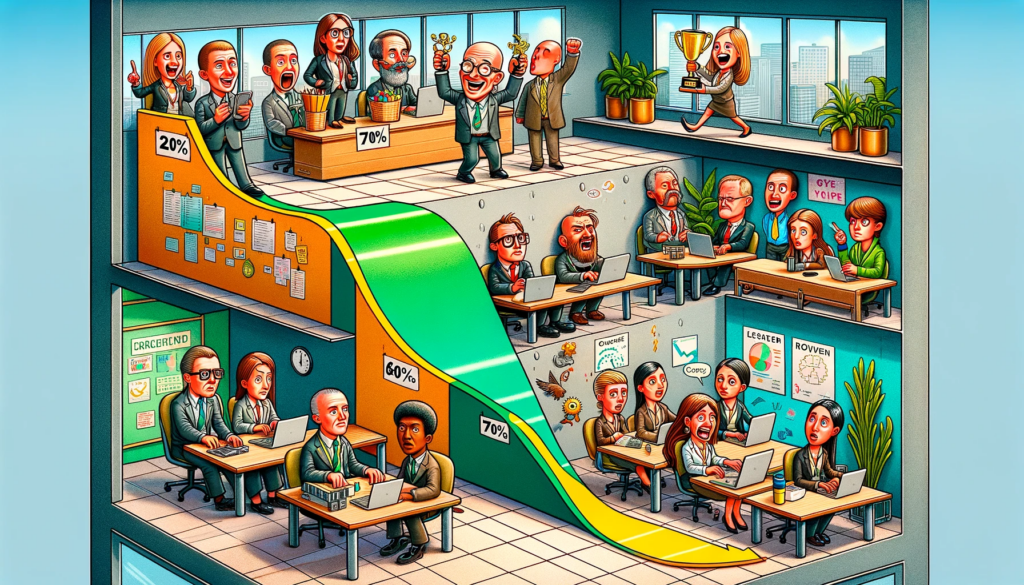
- Embracing Flexibility Over Rigidity
- Reframing Goals for Continuous Growth
- SMART Goals: A Structured Approach
- Inspirational Wisdom
- The Journey Without an Endpoint
- Addressing the Fear of Aimlessness
- Balancing Goals and Objectives
- Related Videos
- In Conclusion
In the pursuit of success, goals are often heralded as the beacon guiding us towards achievement. However, it’s crucial to remember that while goals can be beneficial, they should not become our only focus. The key lies in striking a balance, ensuring goals aid us rather than hinder our potential. Here’s a deeper dive into rethinking goal setting:
Embracing Flexibility Over Rigidity
Don’t Let Goals Overtake Your Journey: Goals are tools, not the final destination. We must ensure they don’t overtake what we’re trying to achieve. Instead of setting rigid milestones, consider adopting a flexible approach, allowing your goals to evolve as you grow.
The Limitation of Finite Goals: Goals, by nature, have an endpoint. This finite quality can sometimes limit us, as we might stop pushing ourselves once these goals are achieved. Continuous improvement and consistency should be the ultimate aim, transcending any specific goal.
Reframing Goals for Continuous Growth
Subjective and Endless Targets: Think of goals as a direction rather than a destination. By having ‘endless’ targets, you push yourself to continuously reach further, exploring new heights of your potential.
The Pitfall of Harmful Goals: It’s vital to recognize when a goal does more harm than good. If you find yourself strained or stressed by your goals, it might be time to reassess and redefine them.
SMART Goals: A Structured Approach
Embracing SMART Goals: To make goals more effective, adopt the SMART framework. Ensure your goals are Specific, Measurable, Achievable, Relevant, and Time-bound. This structure keeps you on track, fostering success without overwhelming you.
Inspirational Wisdom
Aim High, Aim Smart: Filmmaker James Cameron once said, “If you set your goals ridiculously high and it’s a failure, you will fail above everyone else’s success.” This quote underscores the importance of aiming high but also reminds us to be smart about our aspirations.
The Journey Without an Endpoint
Direction Over Destination: Instead of obsessing over the endpoint, focus on the direction you want to go. This perspective allows for more flexibility and adaptability in your journey.
Addressing the Fear of Aimlessness
The Myth of No Goals: There’s a common fear that without goals, one becomes aimless. However, having no fixed goals doesn’t equate to a lack of direction. It’s about setting a course and being open to the journey, rather than fixating on a specific outcome.
Balancing Goals and Objectives
Goals and Objectives – The Dynamic Duo: Always have goals, but when it comes to objectives, make them attainable. It’s important not to hold yourself overly accountable to these objectives, as doing so can lead to unnecessary stress and hinder your overall growth.
Related Videos
In Conclusion
Goal setting is a dynamic and evolving process. It’s about finding a balance between structure and flexibility, direction and open-endedness, ambition and realism. By rethinking our approach to goals, we can ensure that they serve as helpful guides on our path to success, rather than rigid roadblocks limiting our potential.









